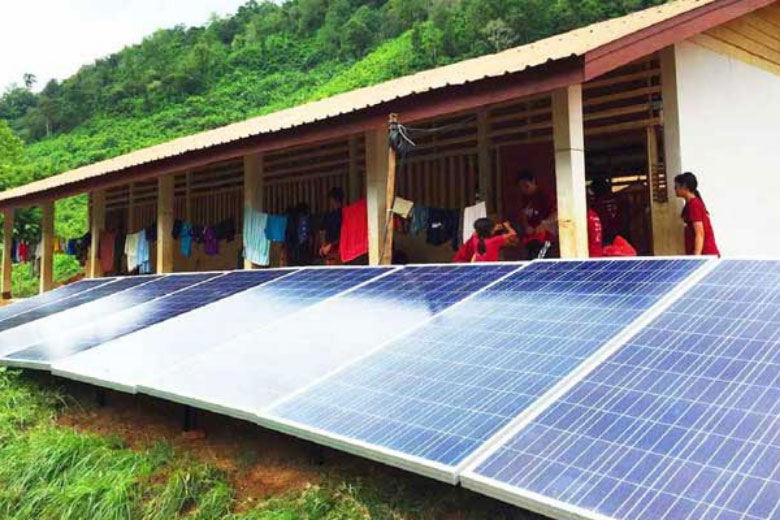Energy Access: Fixing the inequality in opportunity
Akhil Katara
April 2021

INDIA – AN ENERGY SNAPSHOT
India is on the anvil of achieving its audacious goal of becoming a $5 trillion economy by 2024. To achieve its goal, India will need to see monumental changes in its energy consumption pattern to ensure the growth is sustainable.
Today, India meets ~65% of its primary energy demand through conventional fuel sources. Coal has played a significant role in India’s economic development while also contributing to air pollution and growing emissions. Coal continues to strengthen its role as the dominant energy source, maintaining its strong position in power generation as well as being the key fuel for many industries (especially heavy industries like iron and steel).
The Covid-19 crisis has exacerbated the challenges fuel generators are facing due to significant demand and supply side challenges. This pandemic has percolated into income inequality in the labour market resulting in leading economists making their guesstimates on the letter of recovery the country is going to see.
To ensure sustainable growth, the government of India has set an ambitious target of achieving 450 GW of renewable energy capacity by 2030. India currently is the third largest energy consumer in the world, with demand poised to grow at 6% annually until 2040.
Globally, the bottom 40% of the population consumes only 10% of all energy and India is no different, leading to significant disparity in the energy consumption pattern. With inequality expected to rise, this gap may only increase which will be contrary to achieving our target of renewable energy consumption.
ROADMAP TO 450 GW RENEWABLE ENERGY BY 2030
India has made great progress on electricity access in recent years through various Government Schemes – government data indicates more than 99% of households were connected to electricity in 2019. There are, however, continuing problems with the quality and reliability of electricity access for connected households, as well as access for non‐household customers.
Achieving India’s ambitious target on the clean energy front will require concerted effort from all the stakeholders –government, developers, consumers and most importantly investors. The renewable energy sector has garnered interest from a diverse pool of investors, ranging from Sovereign Wealth Funds, Development Finance Institutions, Pension Funds, traditional banks, and Non-Banking Finance Companies amongst others. This further validates the growth story of the Country while keeping sustainability as the top priority.
Climate action is an integral part of United Nations’ Sustainable Development Goals (SDGs) and India is committed to it. The government has mandated that top 1,000 companies by market cap have to report on their Environment, Social and Governance (ESG) parameters. Through renewed focus on ESG, corporates will be able to boost economic growth as it will minimise environmental costs and promote overall well-being.
‘SHOULD IT MATTER WHERE YOUR ENERGY CONSUMPTION COMES FROM?’
India’s clean energy transition currently must prioritize multiple benefits – especially clean air, resilience as well as economic and social equity, while putting the economy on a recovery path post the pandemic. Ensuring equal opportunity in access to clean energy is imperative. This will only be possible when the private and public sectors work together with the common objective to achieve national goals and further the ambitions of the ecosystem with new technologies, business models and ideas.
Improvements in air quality are crucial for the achievement of multiple Sustainable Development Goals (SDGs). Today, India is home to 9 of the 10 most polluted cities in the world. Clean air cannot be a privilege, it is a fundamental right. Reducing carbon emissions from the industrial and fossil fuel sectors is perhaps the most impactful way to curb pollutants in the air. The ‘access’ to clean energy has to be made easy and affordable to ensure its benefits to all. Encouraging industries and businesses to go green, improving energy efficiency and accelerating the affordability and adoption of sustainable mobility are some of the ways to improve the quality of air across India’s villages and cities.
EQUAL ACCESS, EQUAL OPPORTUNITY
In the Information Age – India will need to leverage innovation and advancement in data collection, analysis by further understanding energy consumption patterns and sources of energy at the household and commercial level. It is imperative to use digital strategies to significantly optimise energy consumption patterns, coupled with improved national policies to avoid aggravating inequalities.